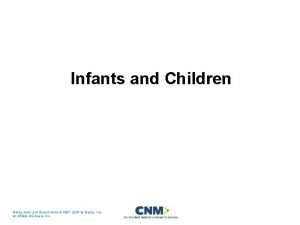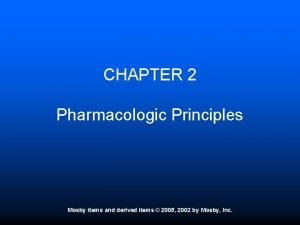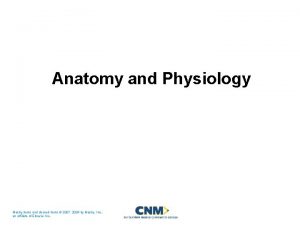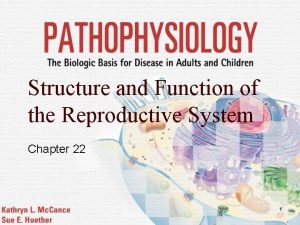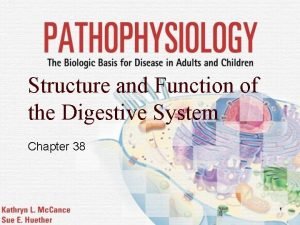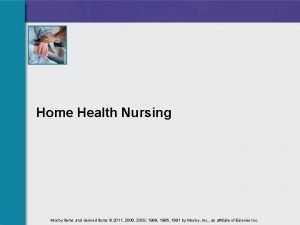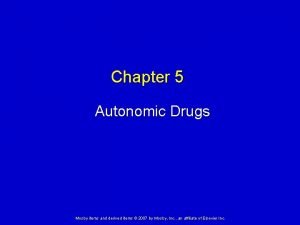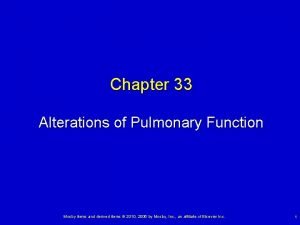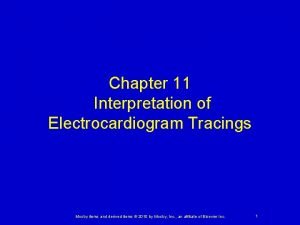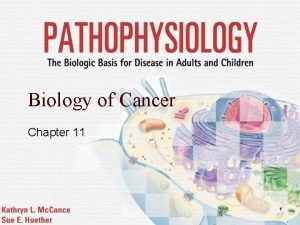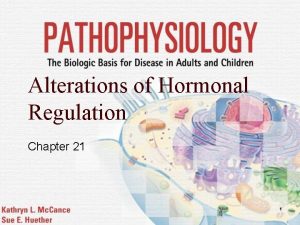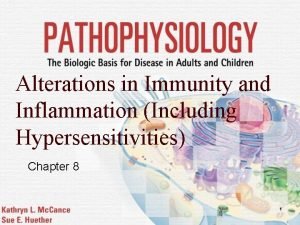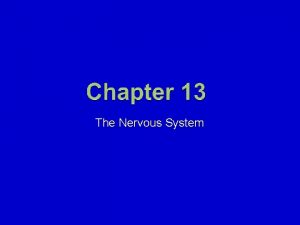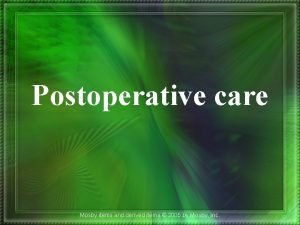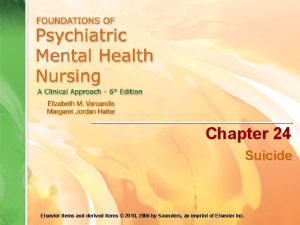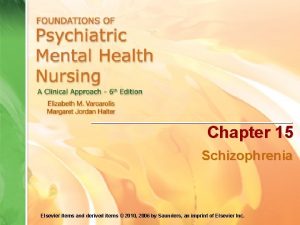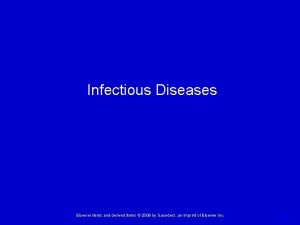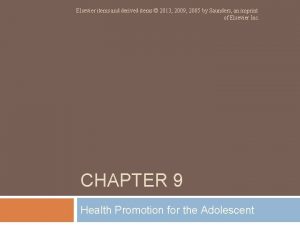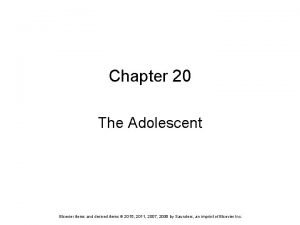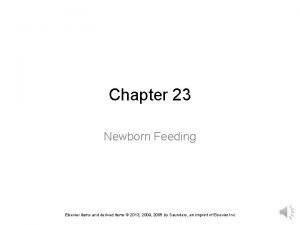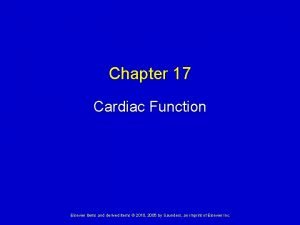Chapter 24 Suicide Elsevier items and derived items


















- Slides: 18

Chapter 24 Suicide Elsevier items and derived items © 2010, 2006 by Saunders, an imprint of Elsevier Inc.

Suicide • A significant public health problem in the United States • In 2008 – Eleventh leading cause of death – 32, 000 completed suicides Elsevier items and derived items © 2010, 2006 by Saunders, an imprint of Elsevier Inc. 2

Risk Factors • Psychiatric disorders • Alcohol or substance use disorders • Male gender • Increasing age • Race • Religion • Marriage • Profession • Physical health Elsevier items and derived items © 2010, 2006 by Saunders, an imprint of Elsevier Inc. 3

Biological Factors • Suicidal behavior tends to run in families • Low serotonin levels are related to depressed mood Elsevier items and derived items © 2010, 2006 by Saunders, an imprint of Elsevier Inc. 4

Psychosocial Factors • Freud – aggression turned inward • Menninger – The wish to kill – The wish to be killed – The wish to die • Aaron Beck – central emotional factor is hopelessness • Recent theories – combination of suicidal fantasies and significant loss Elsevier items and derived items © 2010, 2006 by Saunders, an imprint of Elsevier Inc. 5

Cultural Factors • Protective factors – African Americans • Religion, role of the extended family – Hispanic Americans • Roman Catholic religion and importance of extended family – Asian Americans • Adherence to religions that tend to emphasize interdependence between the individual and society Elsevier items and derived items © 2010, 2006 by Saunders, an imprint of Elsevier Inc. 6

Societal Factors • Oregon’s Death with Dignity Act of 1994 –terminally ill patients allowed physician-assisted suicide • Netherlands – nonterminal cases of “lasting and unbearable” suffering • Belgium – nonterminal cases when suffering “constant and cannot be alleviated” • Switzerland – assisted suicide legal since 1918 Elsevier items and derived items © 2010, 2006 by Saunders, an imprint of Elsevier Inc. 7

Assessment: Overt Statements • “I can't take it anymore. ” • “Life isn't worth living anymore. ” • “I wish I were dead. ” • “Everyone would be better off if I died. ” Elsevier items and derived items © 2010, 2006 by Saunders, an imprint of Elsevier Inc. 8

Assessment: Covert Statements • “It's okay, now. Soon everything will be fine. ” • “Things will never work out. ” • “I won't be a problem much longer. ” • “Nothing feels good to me anymore and probably never will. ” • “How can I give my body to medical science? ” Elsevier items and derived items © 2010, 2006 by Saunders, an imprint of Elsevier Inc. 9

Assessment: Lethality of Suicide Plan • Is there a specific plan with details? • How lethal is the proposed method? • Is there access to the planned method? • People with definite plans for time, place, and means are at high risk. Elsevier items and derived items © 2010, 2006 by Saunders, an imprint of Elsevier Inc. 10

Assessment Tools: SAD PERSONS Scale Uses 10 major risk factors to assess suicidal potential 1. Sex (male) 6. Rational thinking loss 2. Age 25 to 44 or 65+ years 7. Social supports lacking or recent loss 3. Depression 8. Organized plan 4. Previous attempt 9. No spouse 5. Ethanol use 10. Sickness Elsevier items and derived items © 2010, 2006 by Saunders, an imprint of Elsevier Inc. 11

Nursing Diagnoses • Risk for suicide • Ineffective coping • Hopelessness • Powerlessness • Social isolation Elsevier items and derived items © 2010, 2006 by Saunders, an imprint of Elsevier Inc. 12

Levels of Intervention • Primary – activities that provide support, information, and education to prevent suicide • Secondary – treatment of the actual suicidal crisis • Tertiary – interventions with the family and friends of a person who has committed suicide to reduce the traumatic aftereffects Elsevier items and derived items © 2010, 2006 by Saunders, an imprint of Elsevier Inc. 13

Basic Level Interventions • Milieu therapy with suicidal precautions • Counseling • Health teaching and health promotion • Case management • Pharmacological interventions Elsevier items and derived items © 2010, 2006 by Saunders, an imprint of Elsevier Inc. 14

Survivors of Completed Suicide: Postintervention • Surviving friends and family – Overwhelming guilt, shame – Difficulties discussing the often taboo subject of suicide • Staff – Group support essential as treatment team conducts a thorough postmortem assessment and review Elsevier items and derived items © 2010, 2006 by Saunders, an imprint of Elsevier Inc. 15

Advanced Practice Interventions • Psychotherapy • Psychobiological interventions • Clinical supervision • Consultation Elsevier items and derived items © 2010, 2006 by Saunders, an imprint of Elsevier Inc. 16

• A patient is hospitalized with major depression and suicidal ideation. He has a history of several suicide attempts. For the first 2 days of hospitalization, the patient eats 20% of meals and stays in his room between groups. By the fourth day, the nurse observes the patient is more sociable, is eating meals, and has a bright affect. Which factor should the nurse consider? The patient: Elsevier items and derived items © 2010, 2006 by Saunders, an imprint of Elsevier Inc. 17

a. is showing improvement and may be ready for discharge. b. may have decided to commit suicide; the nurse should reassess suicidality. c. is feeling rested, supported by therapeutic milieu, and less depressed. d. is benefiting from the antidepressant he has been taking for Elsevier items and derived items © 2010, 2006 by Saunders, an imprint of Elsevier Inc. 18
 Mosby items and derived items
Mosby items and derived items Mosby items and derived items
Mosby items and derived items Acuity charting forms
Acuity charting forms Mosby items and derived items
Mosby items and derived items Mosby
Mosby Mosby items and derived items
Mosby items and derived items Mosby items and derived items
Mosby items and derived items Mosby items and derived items
Mosby items and derived items Mosby items and derived items
Mosby items and derived items Mosby items and derived items
Mosby items and derived items Mosby items and derived items
Mosby items and derived items Absorption atelectasis
Absorption atelectasis Mosby items and derived items
Mosby items and derived items Mosby items and derived items
Mosby items and derived items Mosby items and derived items
Mosby items and derived items Mosby items and derived items
Mosby items and derived items Mosby items and derived items
Mosby items and derived items Mosby items and derived items
Mosby items and derived items Mosby items and derived items
Mosby items and derived items

